From the Gallery to The Fifth at Rockwell: The Chele González story
There was brief moment that I lived in BGC, the peripatetic mecca of a new city. It was a pause that brought me away from my shire and, in doing so, introduced me to a new dining scene. From the late 2000s, Manila was having a culinary renaissance. And perhaps, more so, with the arrival of a new Spanish armada. Las Flores, just around the corner from where I lived, reignited a fresh take on the mestizo-castizo cooking that the likes of Albas and Casa Armas, and even our own cocineras would do. Dani Aliaga, Sergi Rostoll and Uri Singla weren’t the only conquistadors taking the helm, there was Chele González.
I met Chele González in the early Vask days, when “modern” in Manila still meant a playful sauce smear or two. Vask was different. Entering it was nowhere close to the kitschy interiors of old. It was architectural, narrative-driven, and sculptural. It was and remains a homage to an immersive art experience—and the food became a manifesto—Spanish technique set loose on Filipino terroir, served with confidence. Back then, I didn’t just leave full; I left curious—intent on a next visit.
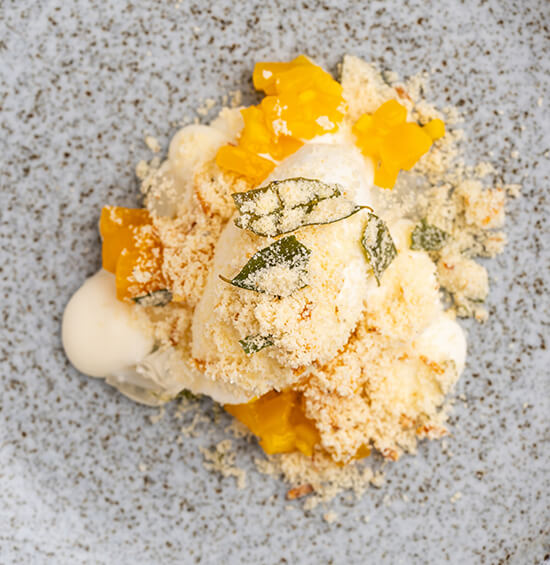
Chele is the kind of chef who makes you pay attention to familiar ingredients as if you’re meeting them for the first time. He restaged and worked with the masters of new Castilian at Mugaritz, El Bulli, Arzak and El Celler de Can Roca. When people asked what Vask stood for, I found the cleanest answer came from Chele himself: He called it “anthropological cuisine,” marrying his fascinations with history and food, with the Philippines as the heart.
Even way back, he wasn’t shy about saying where his compass pointed. “My cooking style and philosophy is influenced by my origin, my childhood… and my exposure to Basque cuisine,” he once explained—an origin story that makes sense of the dual fluency he shows in both Spanish technique and Filipino sense of place. That fluency was Vask’s first language when it opened in 2013 with his partner architect Carlo Calma: not fusion, but a conversation—between Cantabria and Cavite, San Sebastián and Siargao.
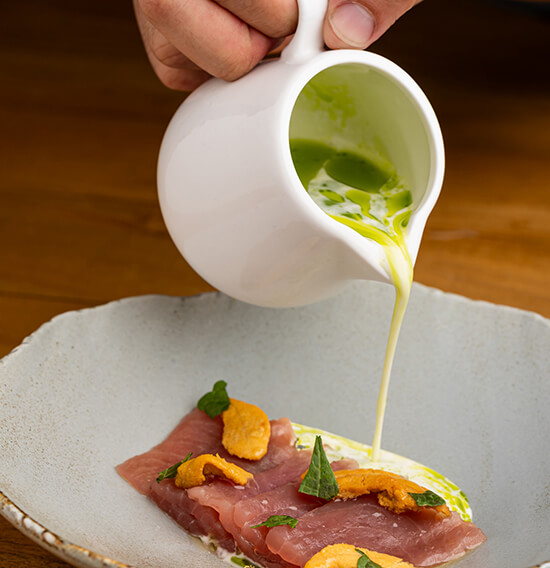
I remember one early tasting menu: something raw and bright that felt like a whisper toward kinilaw—years later, I’d see a kinilaw-by-way-tiradito reappear, proof that his best ideas keep evolving rather than repeating. That’s another Chele hallmark: an allergy to stasis. The room itself changed; Gallery Vask became Gallery by Chele, a name that signaled not just a refresh but a deeper rooting into local ingredients, techniques, and communities.
The deeper I followed his work and filled my stomach, the more I realized the kitchen was only half the story. Chele is a forager of contexts: a chef who studies coconuts like a scholar, who nerds out about galleon trade routes, who shows up at sustainability conversations with receipts. And he’s been open about where he thinks Filipino food is headed: “Filipino cuisine is emerging,” he said years ago, with optimism tempered by the realism of someone doing the work on the ground.
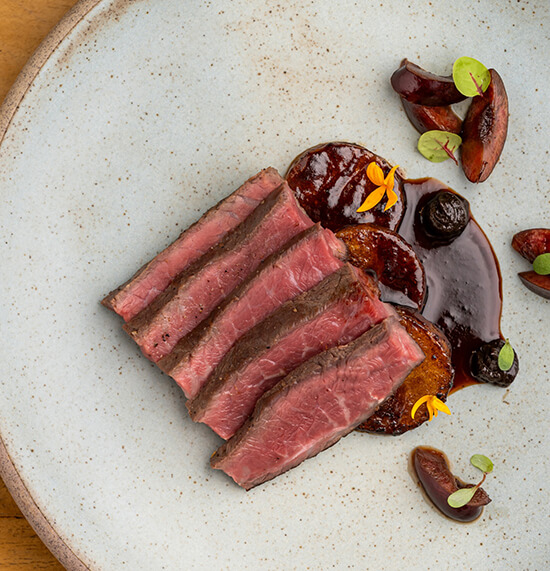
Still, what made me an avid fan wasn’t the research or accolades; it was the tenderness on the plate. Vask taught me that a dish could be rigorous without being cold, that fun and fine could share the same table. Chele once talked about “false simplicity”—the idea that apparent ease is usually born of complexity and restraint. That line became my decoder ring for his food.
Fast-forward to today, and the arc feels surprisingly inevitable: Chele has taken the grammar of his restaurants and translated it into the language of parties—intimate dinners, weddings, corporate gatherings, milestone celebrations. He calls it Chele Catering, and it’s not the chafing-dish cliché. It’s the restaurant ethos—seasonal, story-driven, precise—poured into a format designed for memory-making. “We wanted to bring restaurant-quality dining to your home or venue,” he’s said in interviews, unveiling two distinct concepts that scale that sensibility without diluting it.
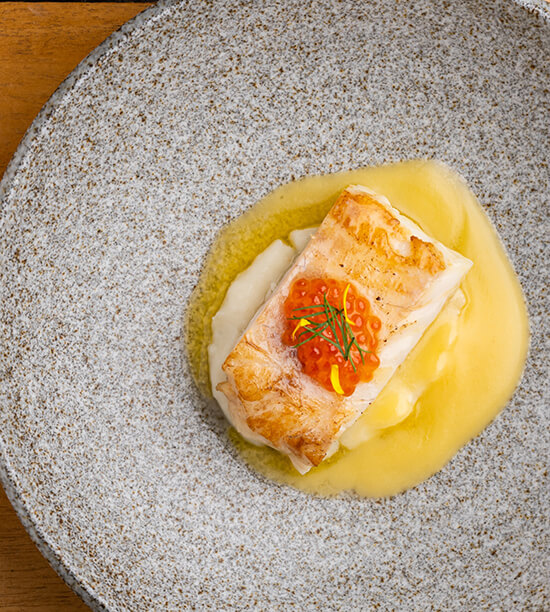
Part of why it works: the team. Chele doesn’t do lone-genius; he does ensembles. His long-time partner in innovation, chef Carlos Villaflor, is there, as is his wife, Teri González, whose decades of F&B leadership sharpen the service edge. Beverage maven Cyril Addison rounds out the experience with pairings and bespoke cocktails. This is not a chef renting a kitchen for the weekend; it’s a core cast simply stepping onto a different stage.
When I ask what “luxury” looks like in a catering context, Chele’s take lands with the kind of clarity that made me trust him in the first place: Luxury is meaning. He’s said as much publicly—challenging conventional ideas of luxury and centering craft, connection, and intent. He noted that catering is integral to the growth of the Chele brand, interplaying the treatment of the food, and the space it is served. He added that Filipinos love events and love to celebrate, and the arc of the business flows.
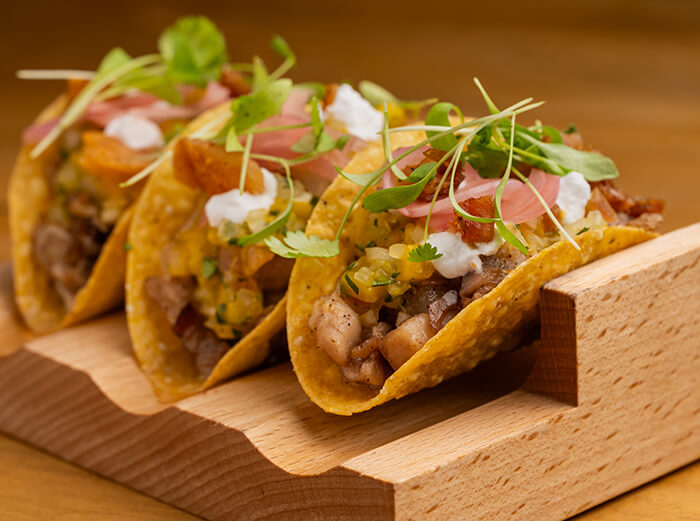
And then there’s the sheer hospitality of it. Chele Catering was officially launched this year, but in a way, IG has been getting previews for ages in his pop-ups, collaborations, and off-site dinners—the fieldwork that made the pivot feel authentic rather than opportunistic. The new venture’s promise is pretty simple: Take the care you feel at Gallery by Chele and let it bloom where you are. That promise is now out in the world, and it’s being executed with the same meticulousness that defined Gallery’s decade.
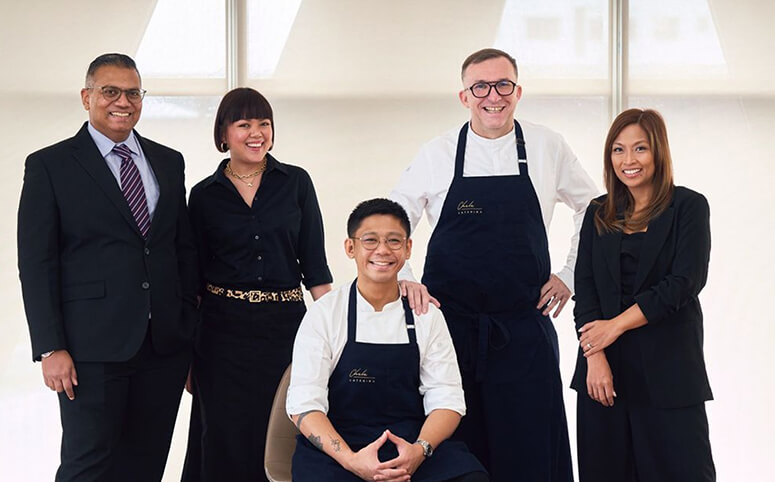
Chele’s own words stick with me here. When asked years ago about what anchored his philosophy, he answered with a map: childhood, Basque tradition, the Philippines. It’s the triangulation that lets him modernize without losing the thread, celebrate Filipino ingredients without reducing them to trend tokens, and—maybe most importantly—design experiences that are intimate rather than intimidating. I think that’s why the catering move makes so much sense. Fine dining can be a pilgrimage; catering lets the altar come to you.
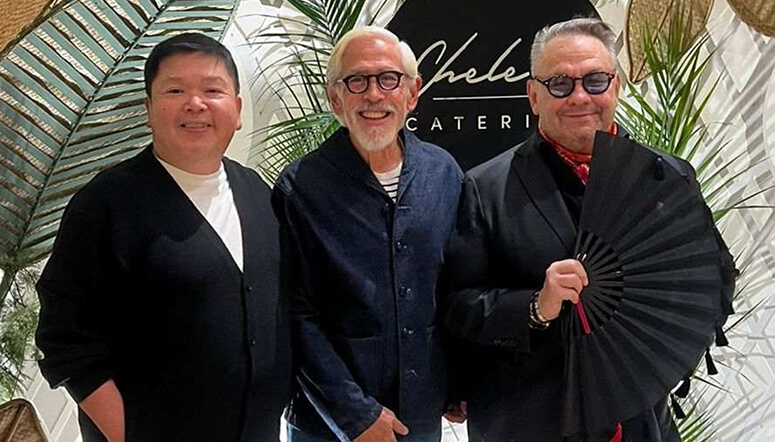
If you’ve followed Chele’s career, you’ll know this isn’t a sideline; it’s a natural extension of the work. He’s always built platforms—restaurants, research labs, teams—that make room for ideas to multiply. Now, those ideas can travel. None of this is the Vask tasting menu shoehorned onto a buffet; it’s an experience built for the way people celebrate now.
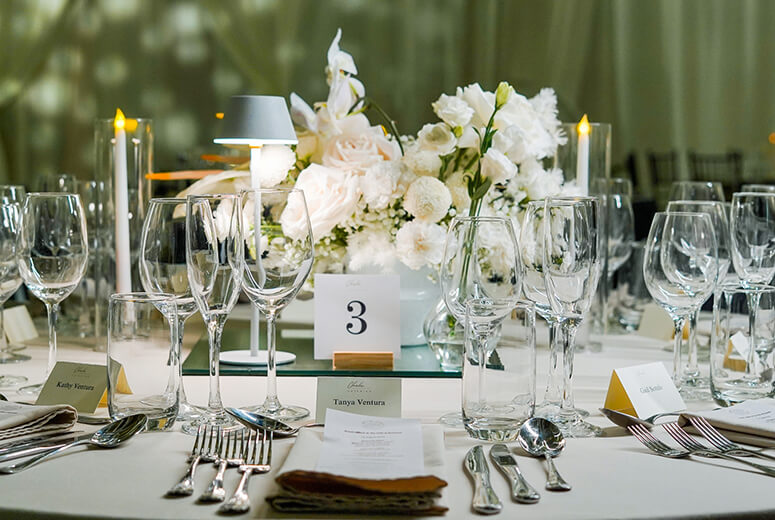
When I did a story on Chele years ago, he said the Philippines is the center of his cuisine—culturally and historically. You taste that not just in the dishes but in the way he sets a table: as if inviting the archipelago to sit down with your family and talk. Should you give Chele Catering a go? Why not? He now enters an eco-system of the likes of Cibo and Via Mare at the higher apex of the catering summit.
That night I met him at Vask, I remember the hum in the room—nervy, excited, ready. Manila was re-learning the Spanish accent. Ten years on, the voice has only gotten surer, the stories deeper. With Chele Catering, those stories can now be told anywhere: in your home, on a rooftop, across a long farm table strung with lights. The setting changes; the sentence stays true.
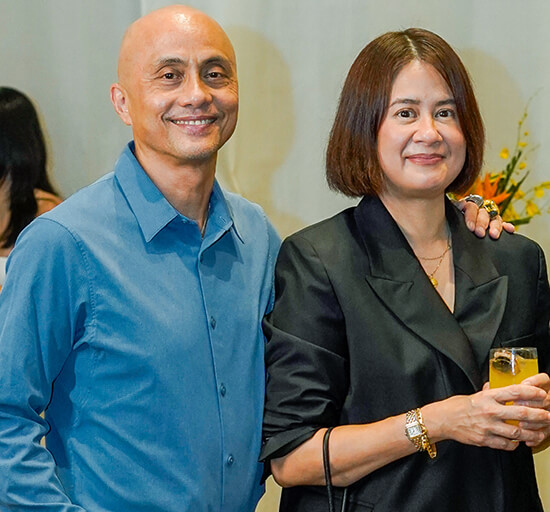
And now, it is even more accessible as Chele partners with The Fifth at Rockwell. Together with the venue’s stylish setting and the Chele touch, a seamless experience unfolds.
“Filipino cuisine is emerging.” I repeat what he said back then—with both hope and responsibility. The emergence is here. The next chapter is ours to host.


